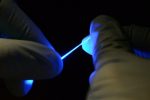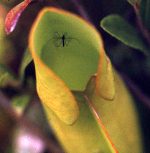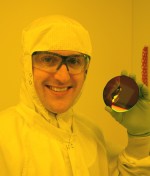Fixing broken neurons
Spinal injuries can be devastating with the loss of movement in arms and legs. The primary problem is damage to neurons, those cells that transmit signals to and from the brain. There have been many attempts to fix neurons. Scientists at MIT have developed a ... Read More...



